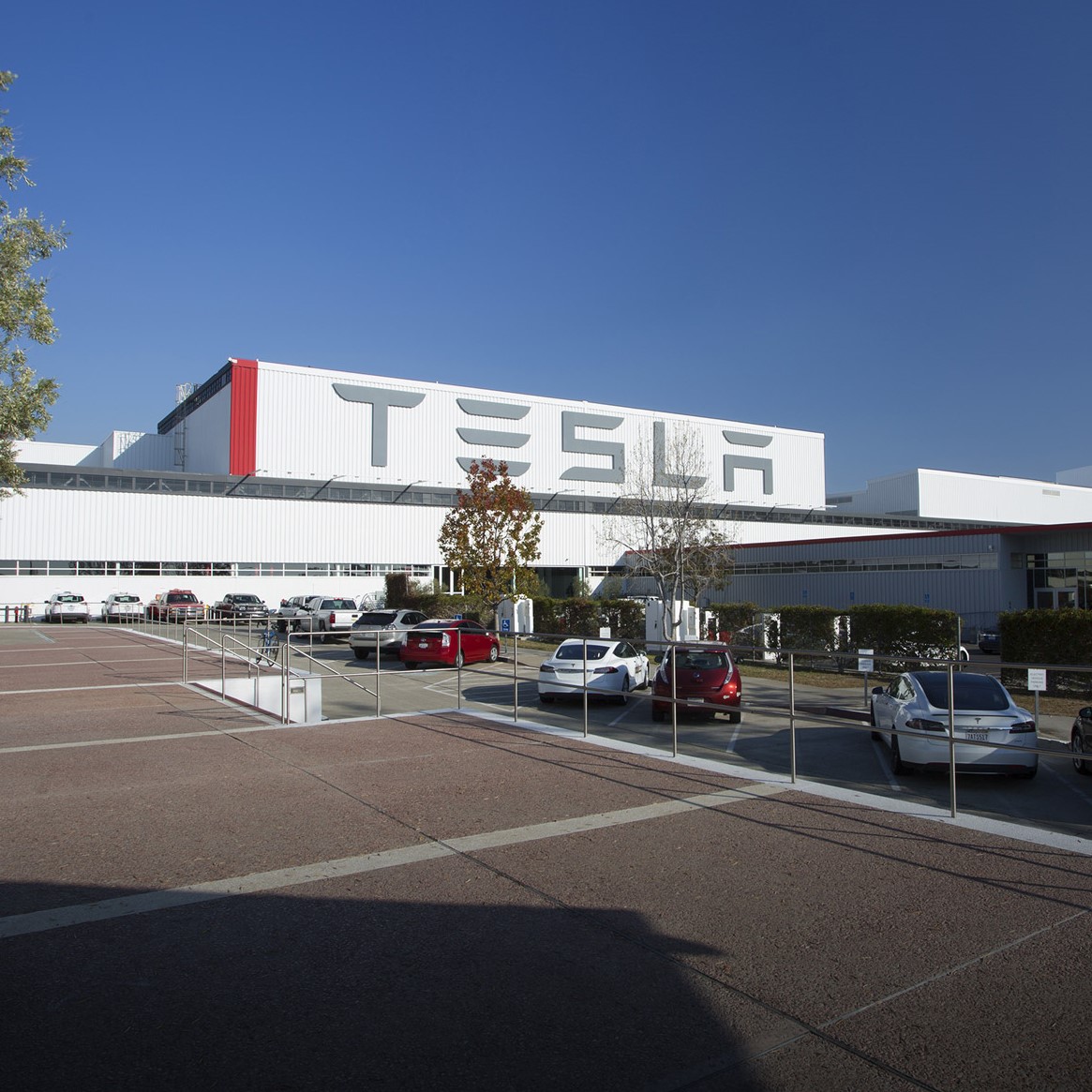Cars and Drivers
Ahead of Model 3: Tesla Value for 2019 Versus Ford and GM Today

Published:
Last Updated:

The last week of March is expected to be huge for Tesla Motors Inc. (NASDAQ: TSLA) as the company unveils its highly awaited mass market electric vehicle, the Tesla Model 3. What is so different here versus the prior Model S and the Model X sport utility vehicle is that the Model 3 is expected to be priced around $35,000 per car.
It goes without saying that there is a lot of hype and a lot of anticipation here. As such, 24/7 Wall St. wanted to look at Tesla’s longer-term expectations by Tesla’s followers to see if the expectations are just far too great. Maybe they are, maybe they are not. If not, investors could be sitting on more than they bargained for.
We cannot rule out how Tesla will be compared to Ford Motor Co. (NYSE: F) and General Motors Co. (NYSE: GM) in the years ahead. Tesla is a high-beta and high-multiple stock, and its $228.00 share price generates a market capitalization rate of $30 billion. Ford’s market cap is $52 billion and its 2015 sales were $149.5 billion. GM’s market cap is $47.7 billion and sales in 2015 were $152 billion. Many investors do not want to consider valuations today — but what about when you compare today to 2019?
So far, Tesla has been hampered in its ability to generate a critical mass of cars. After all, you could drop $100,000 or so on a car, unattainable for most consumers who actually would like to drive a Tesla car. The Model 3 is the effort that can take Tesla into selling hundreds of thousands of models per year.
24/7 Wall St. went to Reuters to take a look at the longer-term consensus estimates. These are provided, with growth rates, for 2016 through 2019 as follows:
It is assumed that Tesla will still pay no dividend even in 2019. Its pretax profit in 2019 is expected to be $1.2 billion, with EBIT of $1.52 billion and EBITDA of more than $2.8 billion.
It just has to be understood that investors who buy Tesla’s stock are not worried about what the multiples are for earnings (P/E) and revenues (P/S) for 2015 or even 2016. But for 2018, Tesla is still valued at 2.2 times sales and about 43 times earnings. For 2019, Tesla’s forward multiples fall to 1.6 times sales and 25 times earnings.
Now what about Ford and GM? They both are valued at a fraction of existing and expected revenues. Ford’s valuation is already just 6.5 times existing earnings expectations and GM is valued at 6.0 times existing earnings estimates. GM’s common stock dividend is 4.9%, and Ford’s yield is about 4.6%.
Comparing Ford and GM to Tesla may seem like a mismatch. What investors have to consider here is just how much of a threat Ford and GM think Tesla is. Tesla wants to eventually reach 500,000 Model 3 units globally per year. The entire car market in 2015 for the United States alone was close to 18 million units — 2.6 million of which was from Ford and almost 3.1 million from GM.
One consideration that comes up is that ultra-low gas prices are a serious risk to electric and hybrid cars. Another is that the alternative energy tax credits are up in the air.
It turns out that the $35,000 price tag for the Model 3 mass market car is still a slight premium to the average in America, but that average includes many more options from various makes and models and includes all the low-cost vehicles that are bought each year as well.
Now let’s consider one more issue. On March 21, 2016, Tesla said:
Model 3 production is scheduled to begin in late 2017. When production begins, we will begin deliveries in North America starting on the West Coast, moving east. As we continue to ramp production, we will begin deliveries in Europe, APAC and right-hand drive markets. It is not possible to ship to all regions simultaneously because regulators in each part of the world have slightly different production requirements. Staggering deliveries in this way also allows us to provide the best possible customer experience.
There is a massive premium into Musk being able to deliver here. If the company falls short on unit sales or on earnings, things could get ugly. Still, we are talking about Elon Musk.
Tesla shares were last seen trading around $227.00. The consensus analyst target price is $236.38, and the stock has a 52-week trading range of $141.05 to $286.65.
The thought of burdening your family with a financial disaster is most Americans’ nightmare. However, recent studies show that over 100 million Americans still don’t have proper life insurance in the event they pass away.
Life insurance can bring peace of mind – ensuring your loved ones are safeguarded against unforeseen expenses and debts. With premiums often lower than expected and a variety of plans tailored to different life stages and health conditions, securing a policy is more accessible than ever.
A quick, no-obligation quote can provide valuable insight into what’s available and what might best suit your family’s needs. Life insurance is a simple step you can take today to help secure peace of mind for your loved ones tomorrow.
Click here to learn how to get a quote in just a few minutes.
Thank you for reading! Have some feedback for us?
Contact the 24/7 Wall St. editorial team.